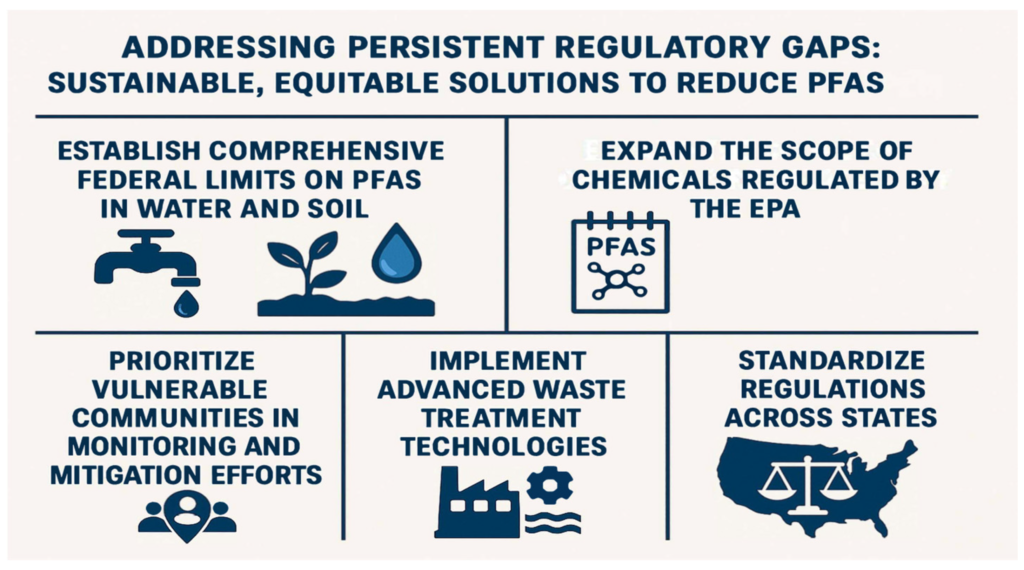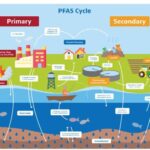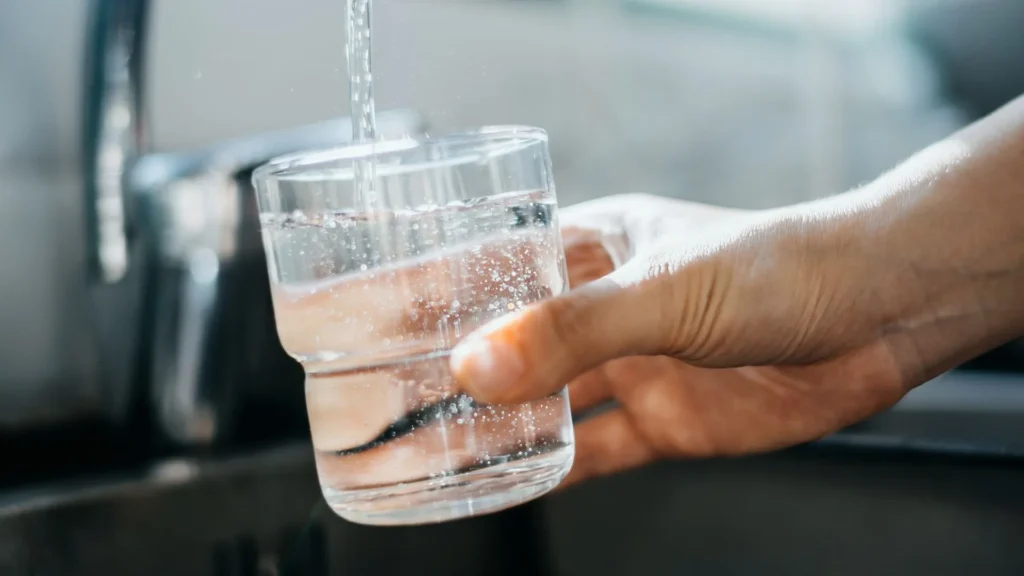
EPA announces PFAS drinking water regulation to protect public health
A Turning Point in America’s Fight Against “Forever Chemicals”
In a landmark move that could reshape the future of water safety in the United States, the Environmental Protection Agency (EPA) has finalized its first-ever enforceable limits on six types of per- and polyfluoroalkyl substances—better known as PFAS. These synthetic compounds, often called “forever chemicals” due to their persistence in the environment and the human body, have long been a silent threat lurking in drinking water systems across the country.
PFAS are used in everything from non-stick cookware and stain-resistant fabrics to firefighting foams and food packaging. Their durability makes them useful in manufacturing—but also incredibly difficult to break down. Over time, they accumulate in soil, water, and even human tissue, leading to serious health concerns. Studies have linked PFAS exposure to cancer, liver damage, immune system suppression, and developmental delays in children. Despite these risks, until now, there were no enforceable federal limits on PFAS levels in drinking water.
What the New EPA Regulation Actually Does

The EPA’s new rule sets legally binding Maximum Contaminant Levels (MCLs) for six PFAS compounds, including PFOA and PFOS—two of the most widely studied and hazardous variants. These limits are measured in parts per trillion (ppt), reflecting just how potent these chemicals are even in minuscule amounts.
Here’s a quick breakdown of the new standards:
| Compound | Enforceable Limit (MCL) |
|---|---|
| PFOA | 4.0 ppt |
| PFOS | 4.0 ppt |
| PFHxS | 10 ppt |
| PFNA | 10 ppt |
| GenX (HFPO-DA) | 10 ppt |
| Mixtures (PFHxS, PFNA, GenX, PFBS) | Hazard Index ≤ 1 |
These limits are not just symbolic—they’re enforceable. Public water systems across the country will be required to test for these chemicals and take action if levels exceed the thresholds. The EPA estimates that this regulation will protect up to 100 million Americans and prevent thousands of deaths and tens of thousands of serious illnesses over the coming decades.
How Will It Be Implemented?

The regulation comes with a clear timeline: water systems must comply by 2029. To ease the transition, the EPA is offering substantial support, including $1 billion in funding through the Bipartisan Infrastructure Law. This money will help states and municipalities test for PFAS, upgrade water treatment facilities, and ensure compliance without placing undue financial strain on local governments.
In addition, the EPA is rolling out technical assistance programs like WaterTA and proposing new initiatives such as “PFAS OUT” to help small and rural communities meet the new standards. These efforts reflect a broader commitment to environmental justice, ensuring that vulnerable populations aren’t left behind in the push for cleaner water.
Why This Matters

For decades, communities across the U.S.—especially those near industrial sites, airports, and military bases—have suffered from PFAS contamination with little recourse. This regulation is more than a policy change; it’s a long-overdue acknowledgment of the health risks these chemicals pose and a promise to do better.
It also sets a precedent for future action. While the current rule targets six PFAS compounds, there are thousands more in use. The EPA has signaled that this is just the beginning, with plans to expand testing and regulation to additional variants in the future.
Final Thoughts: A Win for Science, Safety, and Accountability
This new regulation is a powerful example of science-informed policy and bipartisan cooperation. It shows that when public health is prioritized, meaningful change is possible. For millions of Americans, especially those in historically underserved areas, this rule offers hope—and a tangible path toward safer, cleaner water.
As we move toward 2029, the success of this initiative will depend not just on enforcement, but on continued public awareness, community engagement, and technological innovation. The fight against PFAS is far from over, but this is a major step in the right direction.
🧩 Related Articles:
- Israeli Military Expands Operations in Gaza City Amid UN Displacement Concerns
- El Camino del Mayab: Mexico’s First Long-Distance Trail Connecting Ancient Maya Heritage with Modern Sustainability
- From Cranberries to Conservation: How Massachusetts is Transforming Declining Bogs into Thriving Wetlands that Protect Wildlife, Clean Water, and Inspire a Greener Future
- Prioritizing an Upstream Focus for PFAS in Drinking Water




Lovart AI seems like a game-changer for designers looking to blend AI with traditional tools. The tri-modal interaction sounds intuitive and powerful. Can’t wait to see it in action! Lovart AI